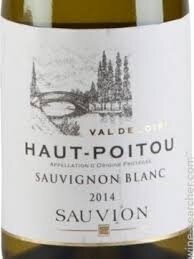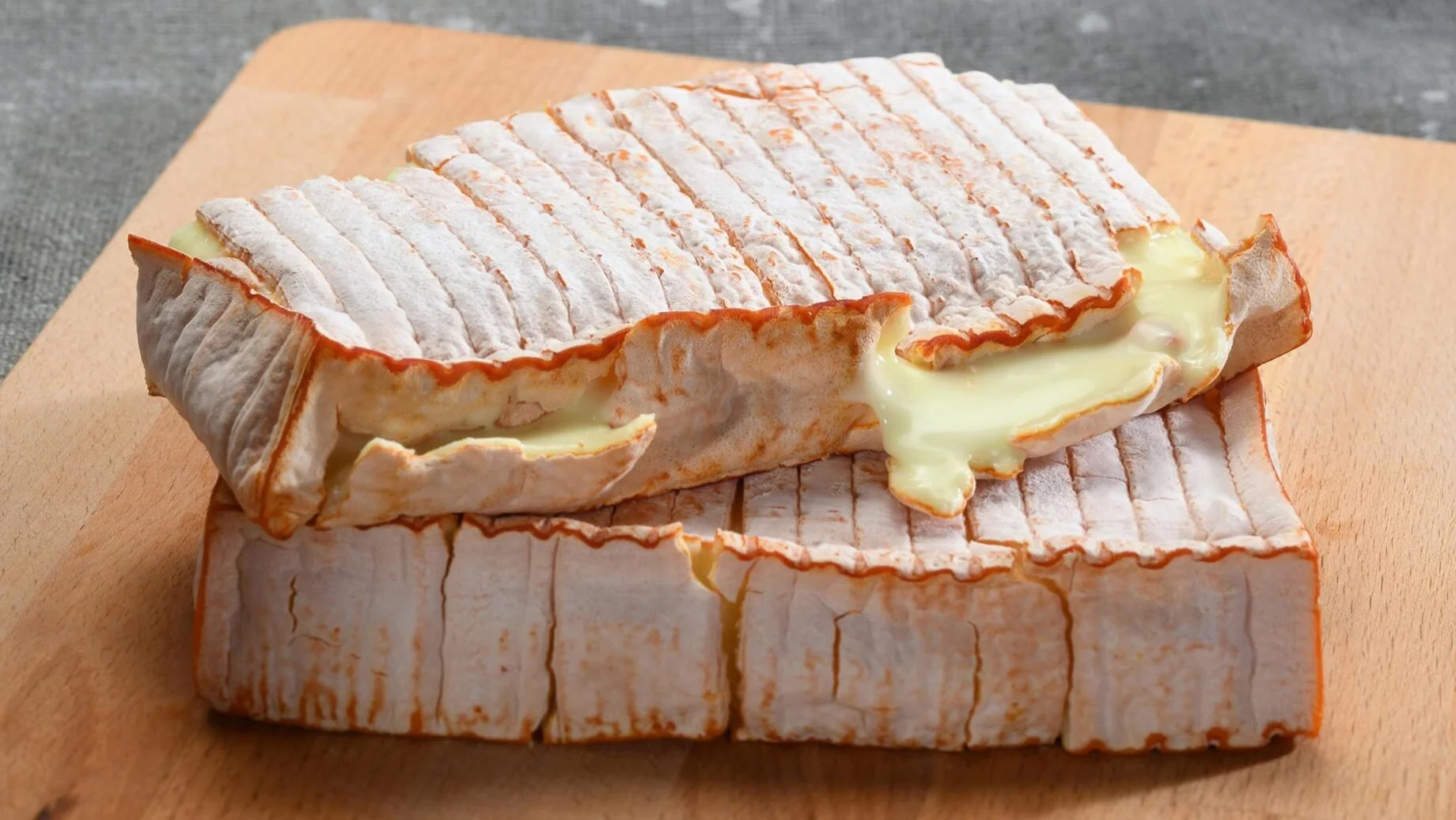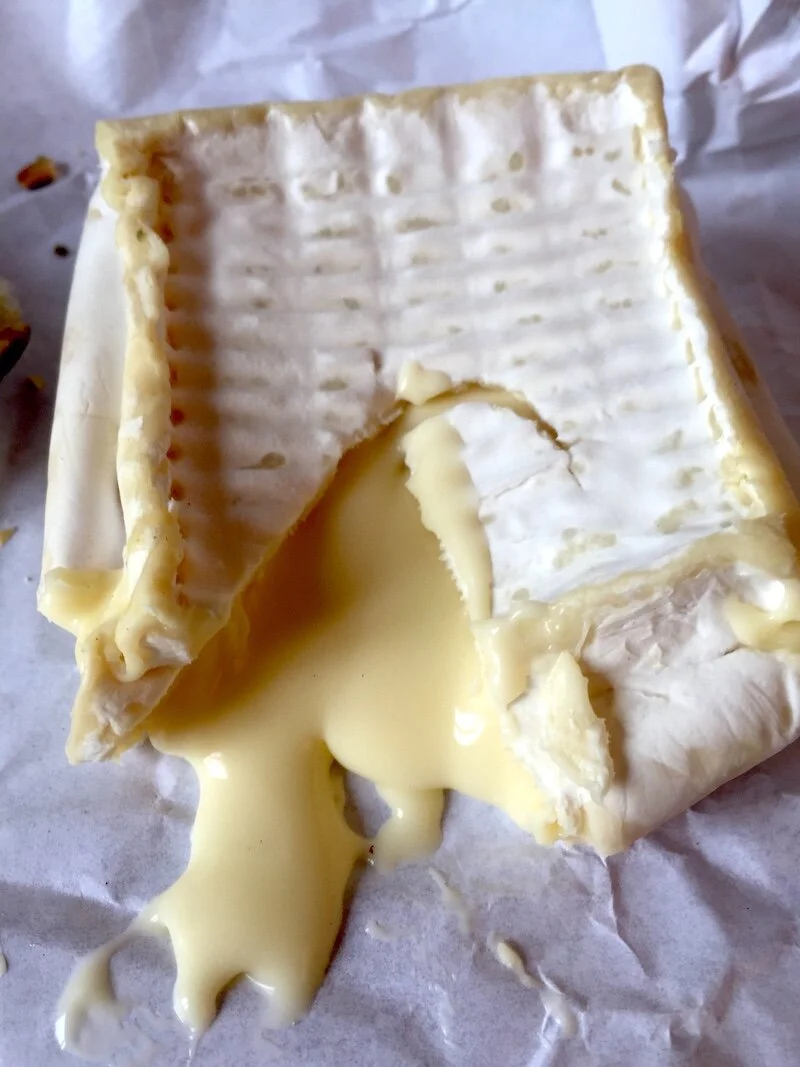
Photo: Creative Commons Cayou
World Cheese Encyclopaedia - Each Sunday learn all about a cheese in season.
This week Chabichou du Poitou from France

Photo: Murray’s Cheese
Country: France 🇫🇷
Region: Poitou-Charentes
Made from: Goat’s milk
Pasteurised: No
Texture: creamy, dense, spreadable
Taste: acidic, salty, savory, sweet, tangy
Certification: AOC
Aging: 2 to 6 weeks
This pasteurized goat’s milk cylinder made its debut in eighth-century France, just south of the Loire in Poitou. The lush vegetation of Poitou is perfect for goats, and the grassiness shines through in Chabichou’s luscious creamline, tucked just beneath the rind. Many artisanal cheeses are produced only in specific regions to ensure quality and standardization. This is the case with Chabichou du Poitou which is manufactured on a small area in the Poitou, Berry and Perigord regions of France. Made with whole fresh goat’s milk, the cheese won Appellation d'Origine Contrôlée (AOC) in 1990 guaranteeing the authenticity of the produce. The cheese is produced by only a few farmsteads or cheese retailers and is sold locally.

Photo: chabichoucheese.com
The cheese comes in the shape of a truncated cylinder called "bonde", approximately 6 cm in height and 5 to 6 cm in diameter. After 10 days of maturing process, Chabichou contains a minimum 45% fat and comes coated with a thin layer of grey-blue islets. If the cheese is made by a farmstead, it is naturally allowed to develop the mould, whereas Penicillium is inserted into the cheese if made by a dairy. The cheese is sold at a minimum maturing age of 2 weeks but may be matured for five to six weeks to acquire an intense aroma and flavour.

Photo: wine searcher.com
Upon ageing, Chabichou develops a characteristic, edible wrinkled rind dotted with occasional gray patches. Inside you will find a creamy bright white interior beneath a thin buttery layer. Even though it smells typically goaty, the flavours are sweet with a bit of salty and tangy edge at the end. As the cheese ages, it becomes savory, piquant and nutty.
History
The Poitou-Charentes region is the cradle of goat cheese producers. The victory of Charles Martel over the Sarrasins at Poitiers in 732 created a rebirth of goat cheeses which has made Poitou famous. The legend of this cheese dates back to when the Saracens arrived to the area with goats and goat cheeses. In fact, its name is derived from the Arabic word chebi, meaning a young goat.
How to enjoy it
Balance the flavours of the cheese with light white wine, champagne, and pilsner beer. Dry white wine: Haut-Poitou (Sauvignon, Chardonnay grapes) Light red wine St Pourçain (Gamay, Pinot Noir grapes).
Sources: cheese.com, Murray’s cheese, cheeselibrary.com, fromages.com, wine-searcher.com

Looking for a different cheese? Search the whole Cheese Encyclopaedia here.





























